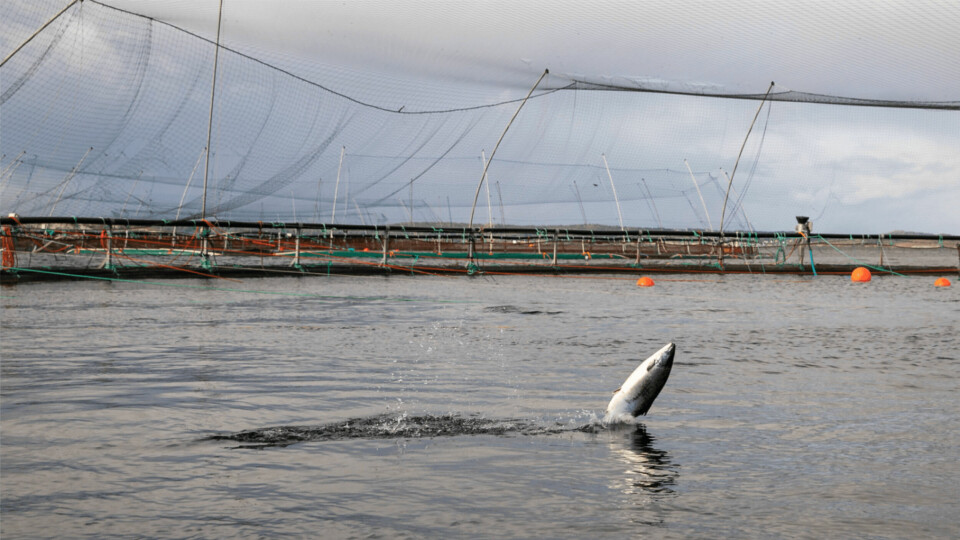
Fewer fish escaped in Norway last year
Around 61,000 salmon and 7,700 rainbow trout escaped from fish farms in Norway last year, fewer than the year before, according to statistics from Norway’s Directorate of Fisheries.
However, Monika Haugland, senior adviser in the coastal and aquaculture department in the Directorate of Fisheries, pointed out that for several of the incidents the final escape figures have not been reported yet and are not shown in the statistics.
“Unfortunately, we see that there are still escape incidents that are not detected and reported as they should and thus are not shown in the statistics,” Haugland told Fish Farming Expert’s Norwegian sister site, Kyst.no.

29 confirmed escapes
“Of a total of 117 incidents reported in 2021, 29 have confirmed escapes of fish. There are also 21 incidents where the registration is not completed. As of January 5, it was reported that approximately 61,000 farmed salmon and approximately 7,700 rainbow trout escaped. Of other species, approximately 1,000 farmed cod escaped.”
The total number of reported escaped fish is relatively low compared with previous years.
“This is gratifying, but we also see challenges related to control over the number of fish, which, among other things, has an impact on the number of escaped fish and the number of escape incidents,” said Haugland.
“We also see that genetic interference in salmon stocks is at a high level, and unfortunately it is the case that new interference comes on top of interference that has occurred previously.”
Large spread of fish
Haugland believes that the single incident that characterised 2021 most was the escape from Central Norwegian Aquaculture, now Salmonor, at its Dolma N site north of Trøndelag.
“There was a large spread of fish from this incident, and the Directorate of Fisheries received many tips about catches,” said Haugland. “The company was ordered to carry out both extended recapture at sea and monitoring and removal of escaped fish in 17 watercourses. The Directorate of Fisheries also implemented measures in other watercourses after this incident.”
Mowi sites
As in 2020, the Directorate also received reports last summer of some escaped salmon in the south, and Haugland pointed out that this was especially true in Åna-Sira.
As in 2020, analyses of the caught fish showed that they originated from one or more of Mowi’s facilities in the area. “These cases show that we still have escape incidents that are not detected and reported, and therefore do not enter the statistics,” said Haugland.
Work operations
A majority of the incidents over the last few years have occurred in connection with work operations, said Haugland. “The Directorate therefore had an inspection campaign aimed at risk management in work operations, and especially de-lousing operations in 2021. This campaign will be continued this year,” she said.
Verifying the number of escaped fish is a topic that has occupied the Directorate for the past two years, the senior advisor added.
“(Aquaculture research funding body) FHF and the Directorate of Fisheries have therefore joined forces on a project that can contribute to better individual control in the aquaculture industry. The project will, among other things, investigate the potential for accurate counting of fish,” Haugland said.























































